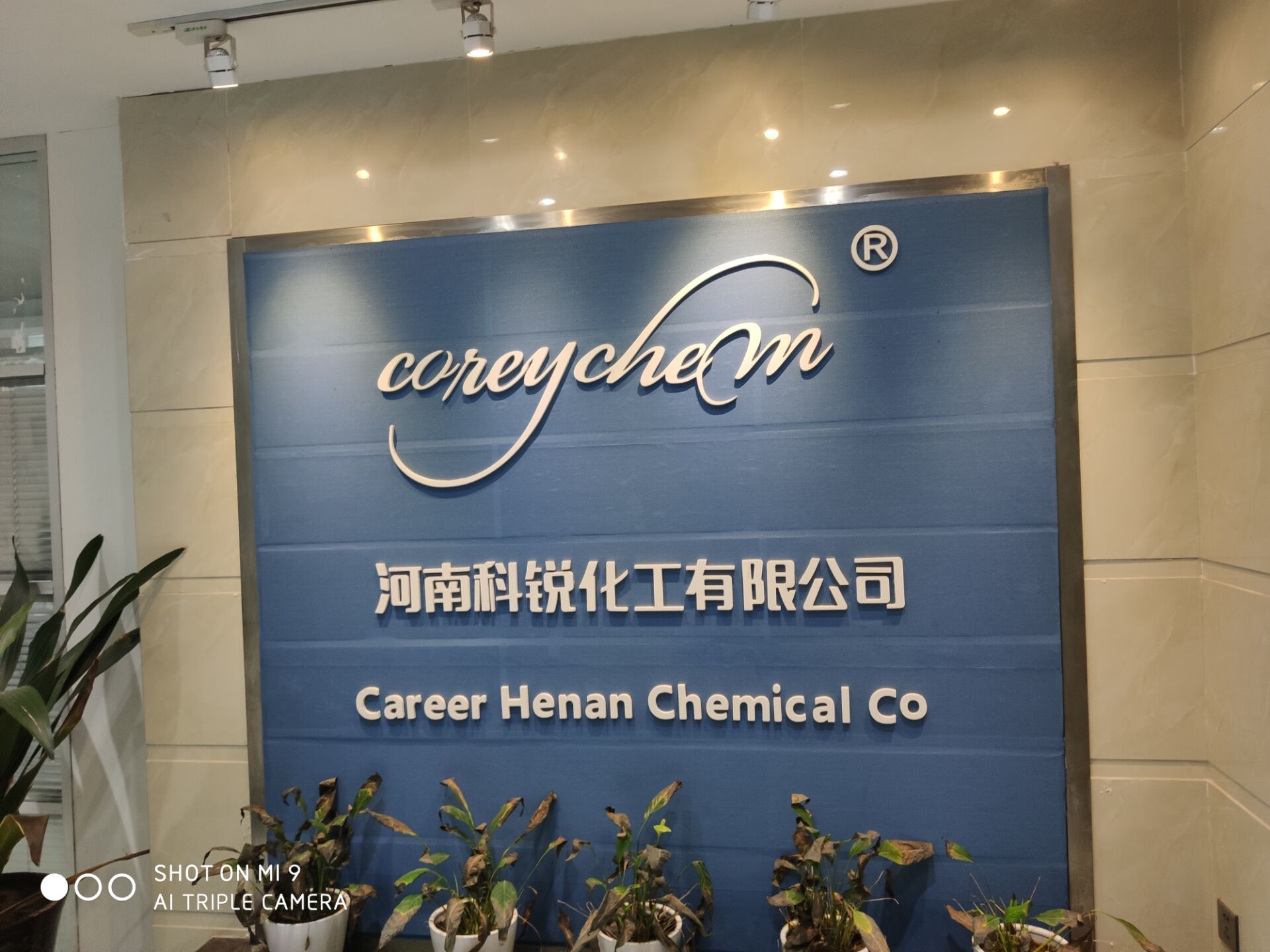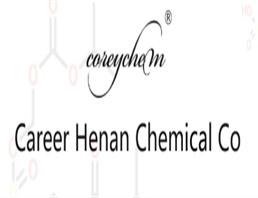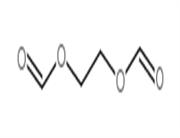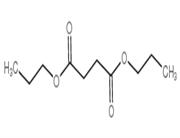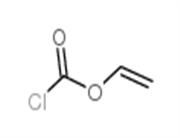Description
GW843682X is a selective, ATP-competitive inhibitor of PLK1 and PLK3, with IC50s of 2.2 nM and 9.1 nM, respectively, and is also >100-fold selective against ∼30 other kinases.
Related Catalog
Signaling Pathways >> Cell Cycle/DNA Damage >> Polo-like Kinase (PLK)
Research Areas >> Cancer
Target
PLK1:2.2 nM (IC50)
PLK3:9.1 nM (IC50)
PDGFR1β:160 nM (IC50)
VEGFR2:360 nM (IC50)
Aurora A:4800 nM (IC50)
CDK2/cyclin A:7600 nM (IC50)
In Vitro
GW843682X (compound 1) is effective on inhibition of growth of tumor cells, with IC50s of 0.41, 0.57, 0.11, 0.38, and 0.70 μM for A549, BT474, HeLa, H460 and HCT116 cell lines. GW843682X dose-dependently inhibits PLK1 phosphorylation of Ser15-p53, with an IC50 of 0.14 μM. GW843682X (3 μM) causes a strong G2-M arres in HDF cells and H460 cells after treatment for 24, 48, and 72 h. GW843682X (5 μM) leads to apoptosis in H460 cells instead of HDF cells[1]. GW843682X inhibits proliferation of U937 cells with an EC50 of 120 nM. GW843682X (500 nM) in combination with 5 µM VP-16 suppresses 50% of entry into mitosis in U937 cells[2]. GW843682X (0.06-1 μM) has inhibitory activities against proliferation of acute leukemia cells, and potentiates the anti-proliferative activity of vincristine. Moreover, GW843682X (0.1-1 μM) induces apoptosis of leukemia cells in a dose- and time-dependent manner. GW843682X (0.5-1 μM) dephosphorylates Bcl-xl in leukemia cells[3].
Kinase Assay
PLK1 and PLK3 proteins are prepared from baculovirus-infected Trichoplusia ni cells. Enzyme activity for PLK1 and PLK3 is determined as follows. All measurements are obtained under conditions where signal production increased linearly with time and enzyme. Test compounds are added to white 384-well assay plates (0.1 μL for 10 μL and some 20 μL assays, 1 μL for some 20 μL assays) at variable known concentrations in 100% DMSO. DMSO (1-5% final) and EDTA (65 mM) are used as controls. Reaction Mix containes the following components at 22°C: 25 mM HEPES (pH 7.2); 15 mM MgCl2; 1 μM ATP; 0.05 μCi/well [γ-33P]ATP (10 Ci/mmol); 1 μM substrate peptide (Biotin-Ahx-SFNDTLDFD); 0.15 mg/mL bovine serum albumin; 1 mM DTT; and 2 nM PLK1 kinase domain or 5 nM full-length PLK3. Reaction Mix (10 or 20 μL) is quickly added to each well immediately following addition of enzyme via automated liquid handlers and incubated for 1 to 1.5 h at 22°C. The 20 μL enzymatic reactions are stopped with 50 μL of stop mix [50 mM EDTA, 4.0 mg/mL streptavidin SPA beads in Dulbecco's PBS (without Mg2+ and Ca2+), 50 μM ATP] per well. The 10 μL reactions are stopped with 10 μL of stop mix [50 mM EDTA, 3.0 mg/mL streptavidin-coupled SPA Imaging Beadsin Dulbecco's PBS (without Mg2+ and Ca2+), 50 μM ATP] per well. Plates are sealed, spun at 500 × g for 1 min or settled overnight, and counted in Packard TopCount for 30 s/well or imaged with a Viewlux imager. Signal above background (EDTA controls) is converted to percent inhibition relative to that obtained in control (DMSO-only) wells[1].
Cell Assay
Assays are carried out and data analyzed. In these assays, H460 cells are plated at a density of 2,000 per well, HDF cells are plated at 5,000 per well, and the drug-resistant cell line MES-SA/DX5 and its sensitive parent line MES-SA are plated at 7,000 and 6,000 per well, respectively, in a 96-well plate. These densities allowed vehicle controls to grow logarithmically during the course of the 3-day assay. All cells are exposed to 3-fold dilutions of the compound (30-0.00152 μM) in low-glucose DMEM containing 5% FBS, 50 μg/mL gentamicin, and 0.3% (v/v) DMSO (HDF cells); RPMI 1640 containing 5% FBS, 50 μg/mL gentamicin, and 0.3% (v/v) DMSO (H460); or McCoy's 5A containing 5% FBS, 50 μg/mL gentamicin, and 0.3% (v/v) DMSO (MES-SA and MES-SA/DX5)[1].

 China
China

